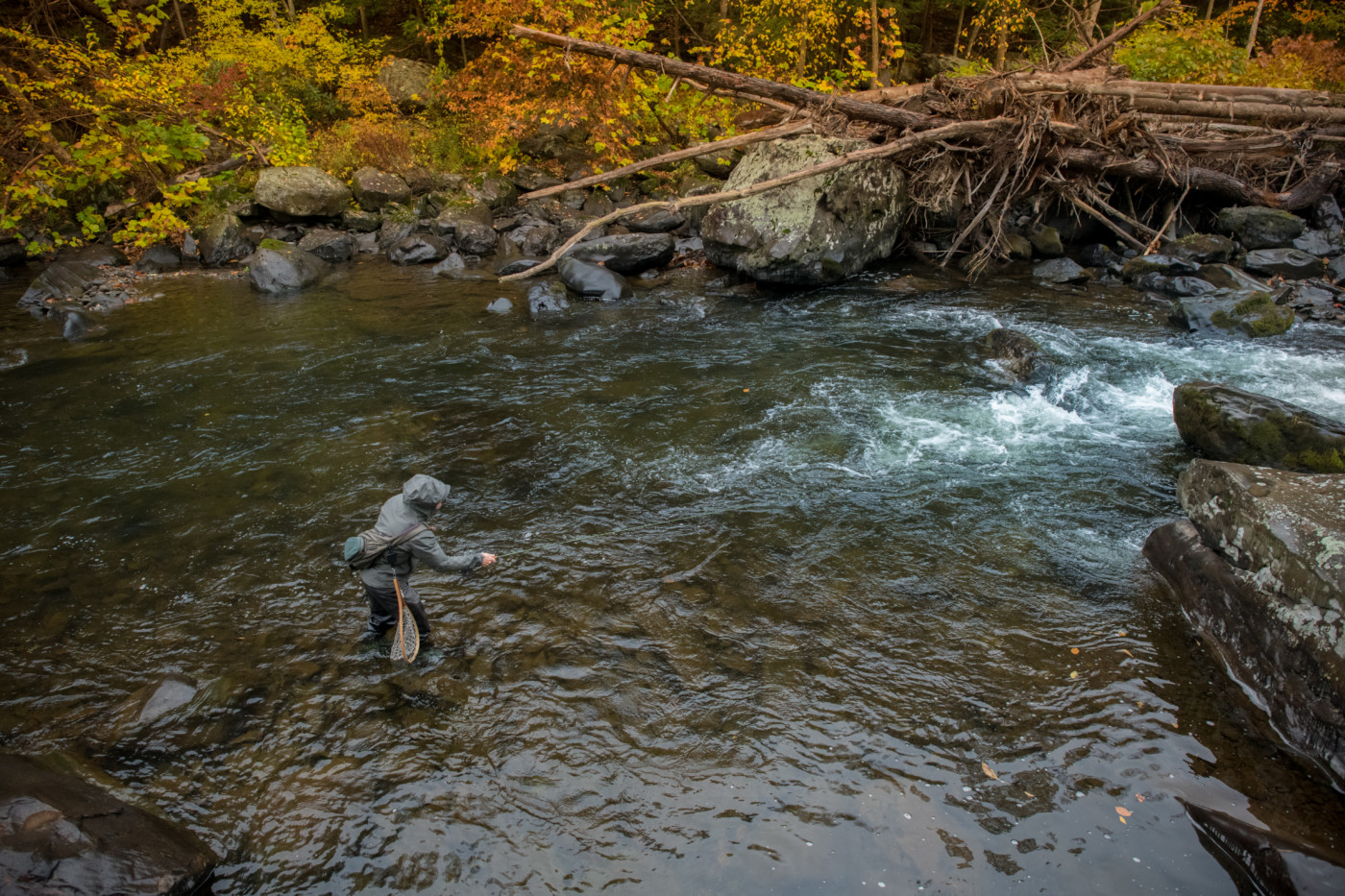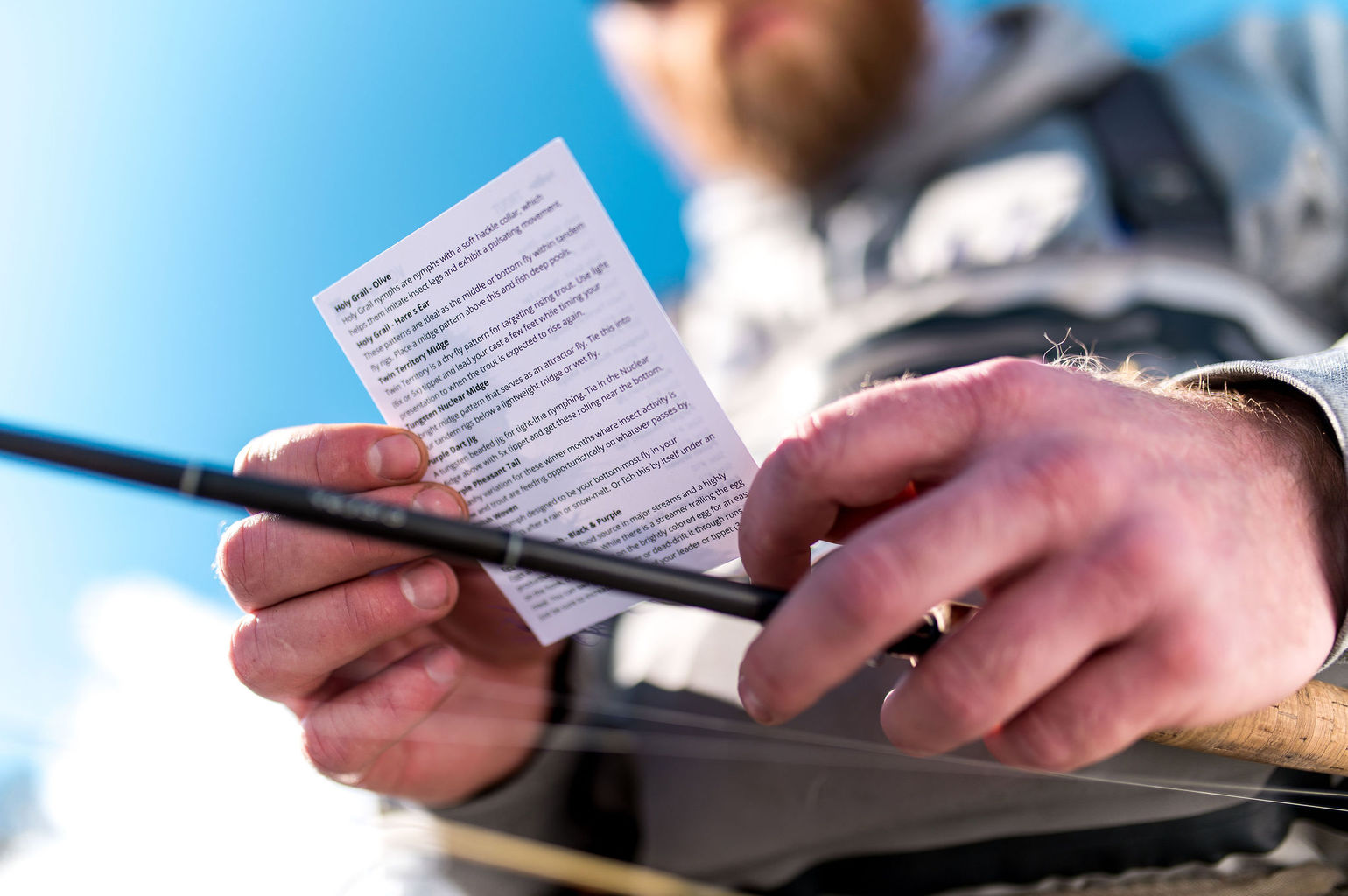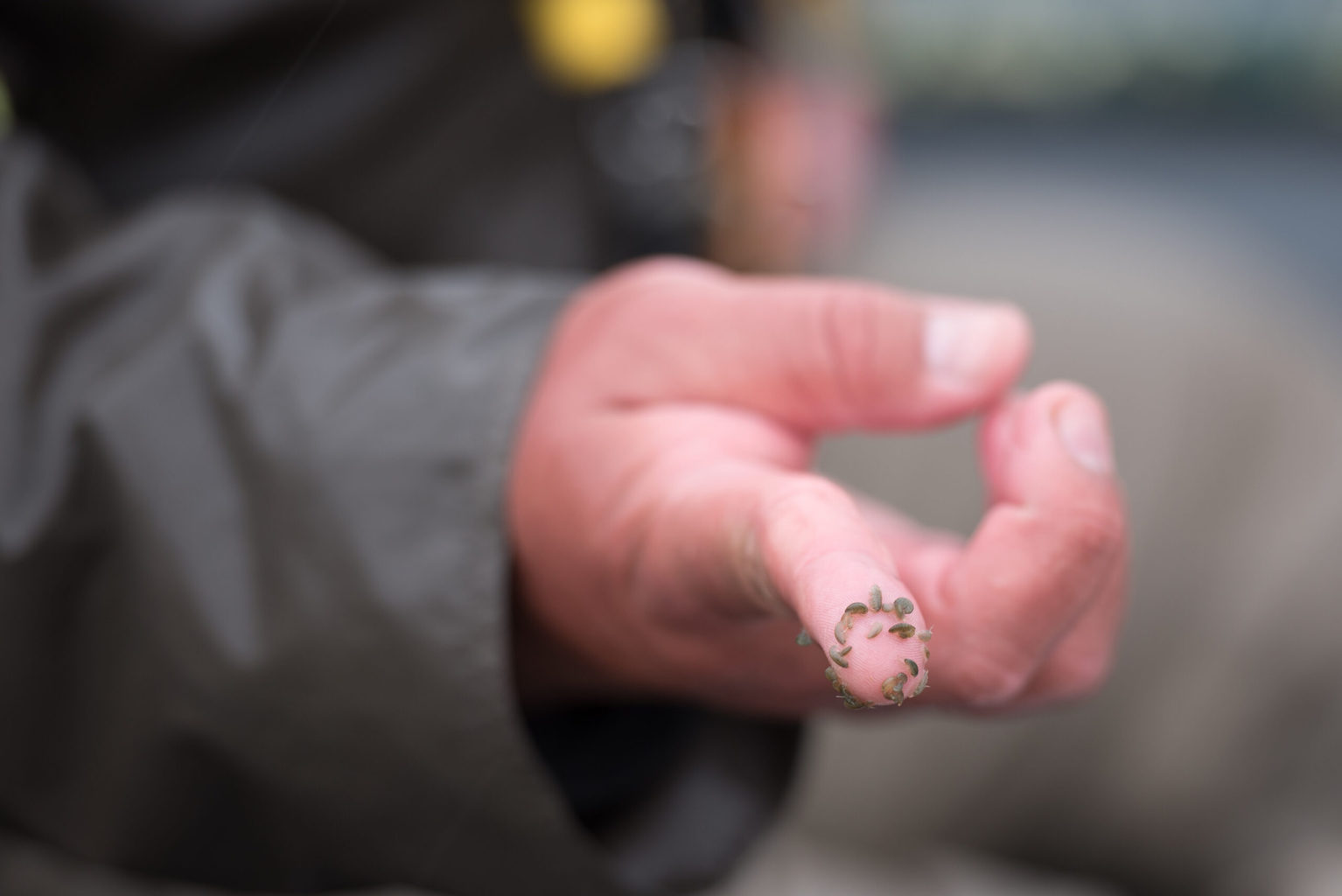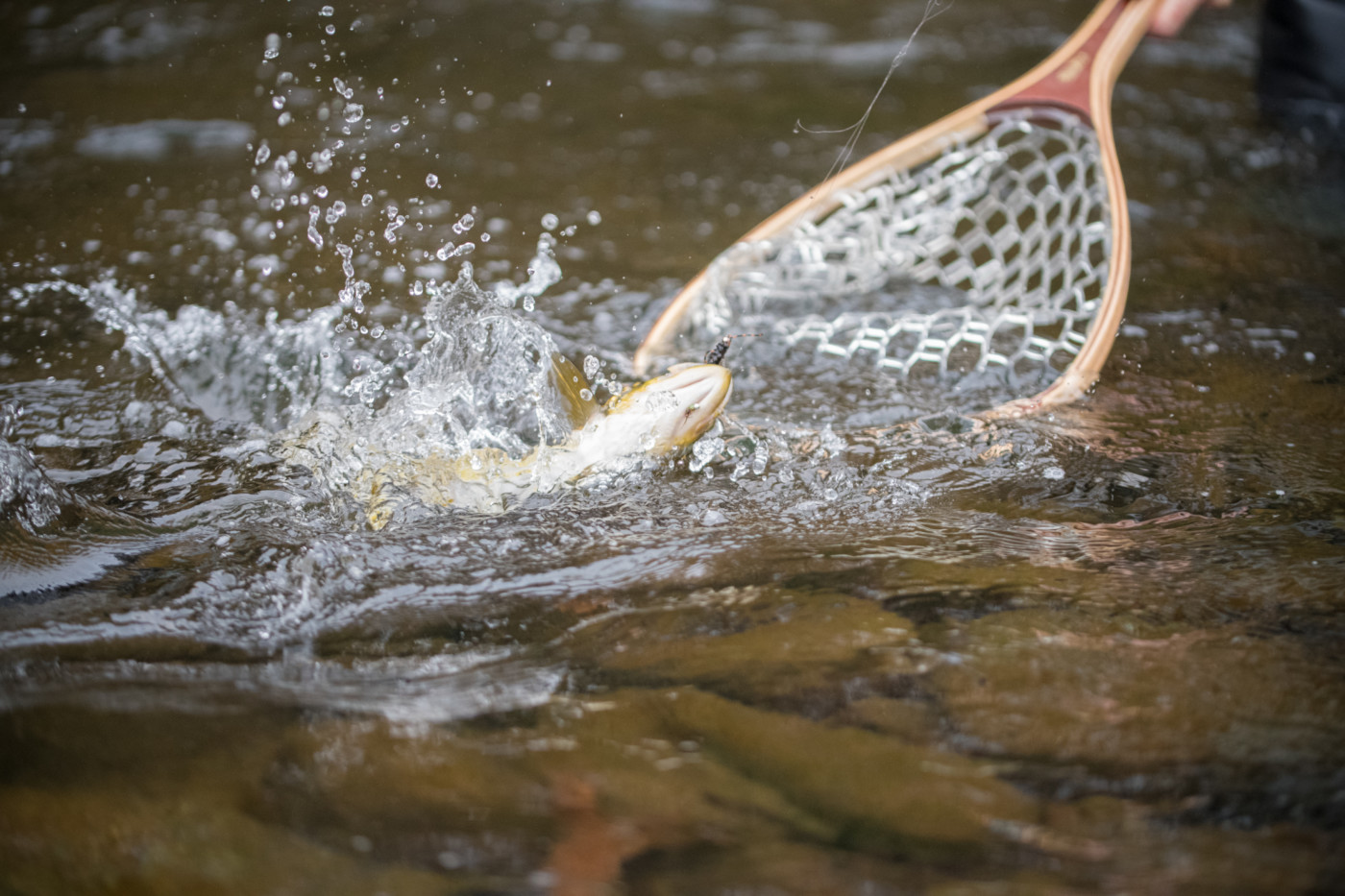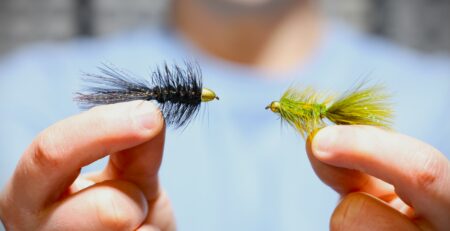How to Catch Trout During Runoff
Runoff is one of the more challenging aspects of fly fishing in the West during the months of May, June, and sometimes July.
Tranquil streams that were mere trickles all of a sudden surge off steep slopes as snow melts and swells waters from Colorado to Montana. For some anglers, runoff signifies a pause on trout action for a while as they turn their efforts to local ponds and lakes for bass. This doesn’t have to be the case, however!
Here are some surefire tips to catch trout during runoff and take advantage of those early summer months that are too often overlooked.
Check The Gauges
Runoff is a volatile time across the Western United States. Stream levels can spike overnight, either from snow melt or increased release from dams, making for ever-changing fishing conditions. While those spikes might seem negative to anglers, there is also opportunity in times like these. A bump up in CFS (cubic feet per second) can churn up rocks and debris to really get food flowing in a waterway. Often some outstanding fishing can be had in the immediate aftermath of a water level surge. By checking stream gauges often, anglers can better understand how their favorite streams fish, what flows are better or worse, and time their trips perfectly to maximize their efforts.
Don’t Wade
During runoff, water levels rise dramatically as snow melts from the mountains to swell rivers below. As this happens, the places trout hold change quite a bit. Those deep runs and seams in the middle of the stream now become raging torrents incapable of holding a fish. In these situations the fish push to the edges, or softer water, as they search for a reprieve from the current. When this happens there’s no need to wade even but a few steps into the water! The fish are holding in close and effective casts can be made from the bank. Not only is wading more treacherous during runoff, it ends up spooking many of the fish!
Use Big Flies
While small bugs will continue to hatch throughout runoff, anglers need to focus their efforts on flies that the fish can see. Even in areas where sediment and farmland is low, waters will still become off-color with enough runoff. That’s why large streamers, stoneflies, worm patterns, and egg patterns all become staples during this high water period. Just accept that snags are going to happen, you’ll lose some flies, but catch fish in the process. It’s just the name of the game during runoff.
When You Find One, Keep Fishing
Trout tend to pod up during runoff as they seek refuge in any slack water they can find. This is especially true during heavy snowpack years when water levels surge to extremely high levels. It’s just a numbers game more than anything else as a certain percentage of the waterway is no longer fishable due to high water. That alone forces trout to congregate in the softer spots, so if you catch one, odds are there are a few others nearby!
There is no doubt that runoff can be a frustrating time for fly anglers. Temperatures are warm, days are long, and the bugs are hatching in great numbers. All of that should signify outstanding fishing, but many assume the fishing will be poor due to high and muddy conditions. Use some of these tips to not only catch trout during runoff, but have some of the best days of the year while others stay at home!
Fly Fishing Made Easy 👍
Our Quarterly Fly Club ships 1,000’s of flies to anglers all across the United States. Receive curated fly assortments selected for the season with in-depth articles on how to fish them. Great for beginners to learn and for intermediates to discover new flies.




